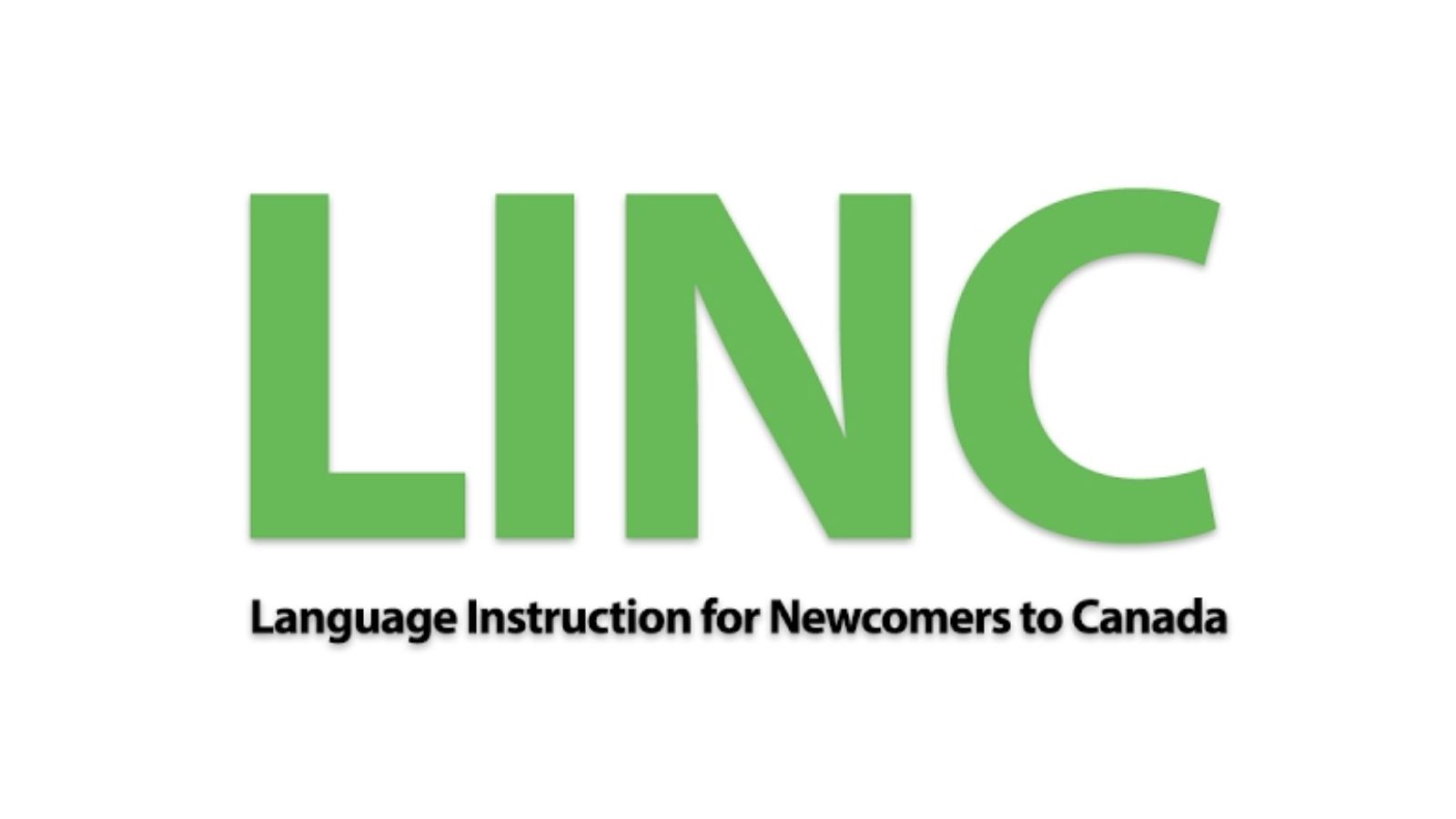Canada is more than just breathtaking landscapes, friendly neighbors, and maple syrup. It’s a country that genuinely invests in the well-being of its people. The Canadian government offers an incredible range of benefits designed to support you at every stage of life, whether raising a family, starting a business, studying for the future, or enjoying retirement.
From financial grants and tax credits to world-class healthcare and education incentives, these programs are powerful tools that can enhance your quality of life and ease the burden of daily expenses. Yet, many Canadians remain unaware of the full scope of what’s available to them. In this article, we’ll explore 28 amazing benefits every Canadian should take advantage of.
Canada Education Savings Grant (CESG)

Investing in your child’s future has never been easier. When you open a Registered Education Savings Plan (RESP), the federal government contributes 20% on the first $2,500 you deposit each year up to $500 annually and $7,200 per child over a lifetime. Start early, even if it’s small amounts, to maximize compound growth and government matching.
Canada Learning Bond (CLB)

Low- and modest-income families can receive up to $2,000 per eligible child, even if they can’t contribute personally. It’s a no-cost grant added directly to a child’s RESP. You can secure hundreds of dollars without lifting a pen and check your eligibility through the Benefits Finder.
Reduced Domestic Tuition Rates

As a Canadian citizen or permanent resident, you pay significantly less tuition than international students, sometimes half or less. Over a four-year degree, that can amount to tens of thousands of dollars in savings. Compare provincial rates, as fees vary widely between provinces and programs.
Student Loans, Grants, and Scholarships

Beyond RESP incentives, federal and provincial student aid programs provide low-interest loans, non-repayable grants, and countless scholarships based on merit, need, or field of study. Apply early in the year and check scholarship databases each semester, as new opportunities arise frequently.
Language Instruction for Newcomers to Canada (LINC)

For newcomers whose first language is not English or French, the federal government offers free language classes to help them integrate into the community and workforce. Formal classes can sharpen professional language skills and boost employability even if you are comfortable conversationally.
Universal Healthcare

Perhaps Canada’s most renowned benefit is that Medicare provides medically necessary doctor visits, hospital stays, and surgeries at no direct cost at the point of care. Prescription drugs and dental care vary by province. Familiarize yourself with your provincial drug and dental plans to fill coverage gaps.
Mental Health Supports

Provincial healthcare plans cover mental health services, and many provinces now include virtual therapy, community mental health clinics, and addiction treatment programs. If you’re on a waitlist for a psychologist, look into community counseling centers or covered telehealth options to shorten delays.
Old Age Security (OAS) & Guaranteed Income Supplement (GIS)

Once you turn 65, you may qualify for a monthly pension (OAS) based on residency, plus GIS, if your income is below a certain threshold. Combined with CPP (below), these programs form the backbone of retirement income for many seniors. File your application six months before you turn 65 to ensure payments begin promptly.
Canada Pension Plan (CPP)

Funded by employee and employer contributions, CPP retirement benefits begin as early as age 60, with amounts based on your earnings history. Early withdrawals reduce monthly benefits; delayed withdrawals increase them. Use the federal CPP calculator to determine your optimal retirement age, balancing longevity and benefit size.
Disability Tax Credit & CPP Disability Benefit

You might be eligible for tax credits and monthly disability benefits under CPP if you have a severe and prolonged impairment limiting your daily activities. Proper documentation is crucial, so work with a medical professional to complete the T2201 Disability Tax Credit form thoroughly.
Employment Insurance (EI)

EI provides temporary financial support if you lose your job through no fault of your own. Usually, 55% of your average insurable weekly earnings while you search for new work. Avoid delaying your benefit period and apply within four weeks of your last work day.
Parental and Maternity Benefits

New parents can divide up to 40 weeks of EI parental benefits (or 69 weeks with extended parental benefits) between them. Plus 15 weeks of maternity benefits for biological mothers. Plan the timing and sharing of benefits as a team to maximize household income during leave.
Canada Job Grant & Skills Development

This grant covers up to two-thirds of training costs for in-demand skills through provincial partnerships with employers contributing the rest. Approach your current or prospective employer about co-sponsoring your training; they’re eager to upskill employees.
Business Start-up Support

The Canada Small Business Financing Program and grants by FedDev Ontario or Western Economic Diversification offer loans, mentorship, and cost-sharing for entrepreneurs. Engage with your local business development center early; they’re free resources for navigating applications and writing business plans.
Apprenticeship Incentive & Completion Grants

If you’re learning a red-seal trade, you can receive $1,000 per year in incentive grants, plus $2,000 upon completion of your apprenticeship. Ensure your employer submits your hours and training records on time; you don’t want paperwork delays cutting into your grant.
First-Time Home Buyer Incentive

This shared-equity mortgage reduces your monthly payments by having Canada Mortgage and Housing Corporation (CMHC) own a small stake in your home. You repay your share when you sell or after 25 years. Use CMHC’s online calculator to see if the incentive fits your homebuying budget.
Home Buyers’ Plan (HBP)

Withdraw up to $35,000 from your RRSP tax-free to buy or build your first home (or that of a related person with a disability). You repay the amount over 15 years. If you’re dual-income, partners can leverage the HBP, doubling your tax-free withdrawal.
Home Accessibility Tax Credit (HATC)

A non-refundable tax credit covers up to $10,000 in eligible home renovation costs for seniors and persons with disabilities to improve safety and mobility. Keep detailed receipts and contractor invoices. CRA requires clear proof of eligible expenses.
Canada Housing Benefit (CHB)

Rolling out nationally, CHB offers top-ups to provincial/territorial housing benefits, helping low-income renters cover costs. Check with your provincial housing authority for application deadlines and stacking rules with other benefits.
Property Tax Deferral Programs for Seniors

Many municipalities allow eligible seniors to defer property taxes until the home is sold, preserving cash flow. Contact your local municipality to learn eligibility criteria and application timelines.
Government-Issued Canadian Flag

Commemorate national occasions by requesting an authentic flag that flew over Parliament Hill and receive a certificate noting the flag’s flight date. Order ahead of Canada Day or significant anniversaries to guarantee delivery.
Copy of the Canadian Charter of Rights and Freedoms

Proudly display or share fundamental rights by requesting a free printed copy from the federal government. Frame a copy for your home or office, it’s a conversation starter and a symbol of civic engagement.
Congratulatory Messages from the Prime Minister

Celebrate milestones like milestone birthdays (typically 80, 85, 90+) or anniversaries (50th wedding anniversary and beyond) with a personal letter. Submit requests at least six to eight weeks in advance to allow processing time.
Canadian Heritage Posters & Educational Materials

Teachers, community groups, and the public can obtain free posters featuring national symbols, historic sites, and cultural icons. Use them to decorate classrooms or community centers and spark discussions about Canadian history.
Dual Citizenship

Keep your original nationality while enjoying all the rights of Canadian citizenship, vote, run for office, and carry a Canadian passport. Before you apply, check if your original country imposes restrictions or obligations on dual citizens.
Mobility Rights Across Provinces

Live, work, or study in any province or territory without needing new permits, which are ideal for career opportunities or lifestyle changes. Leverage this freedom to negotiate relocation packages with employers or try living in a different province to suit your stage of life.
Consular Services Abroad

When traveling or living overseas, Canadians can access emergency assistance, medical help, or repatriation services via embassies and consulates. Enroll in the Registration of Canadians Abroad service to receive alerts during emergencies.
Right to Vote & Run for Office

Canadian citizens 18 and over can vote in federal, provincial, and municipal elections and even stand as candidates. Stay politically engaged by checking voter registration status before each election and reviewing party platforms to make informed choices.
Conclusion

Canada’s commitment to education, health, social welfare, and equal opportunity is embodied in these 28 programs and perks. Whether you’re planting the seeds of your career, balancing family life, launching a business, or enjoying retirement, there’s a benefit designed to lighten your load and amplify your possibilities. Take the time today to explore which of these supports you’re eligible for, then apply, register, or save strategically. With proactive planning and a little paperwork, you can unlock thousands of dollars in support and make Canada’s best benefits work for you.
25 Countries Predicted to Become Economic Superpowers in the Next 20 Years

The strength of an economy plays a crucial role in various international policies about trade and relations. Certain factors determine the strength of an economy, including population growth, availability of resources, and development and advancement. Here are 25 countries predicted to become economic superpowers in the next 20 years
25 Countries Predicted to Become Economic Superpowers in the Next 20 Years
